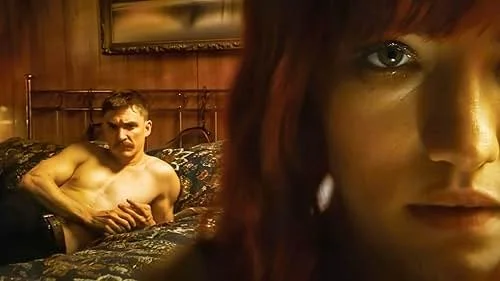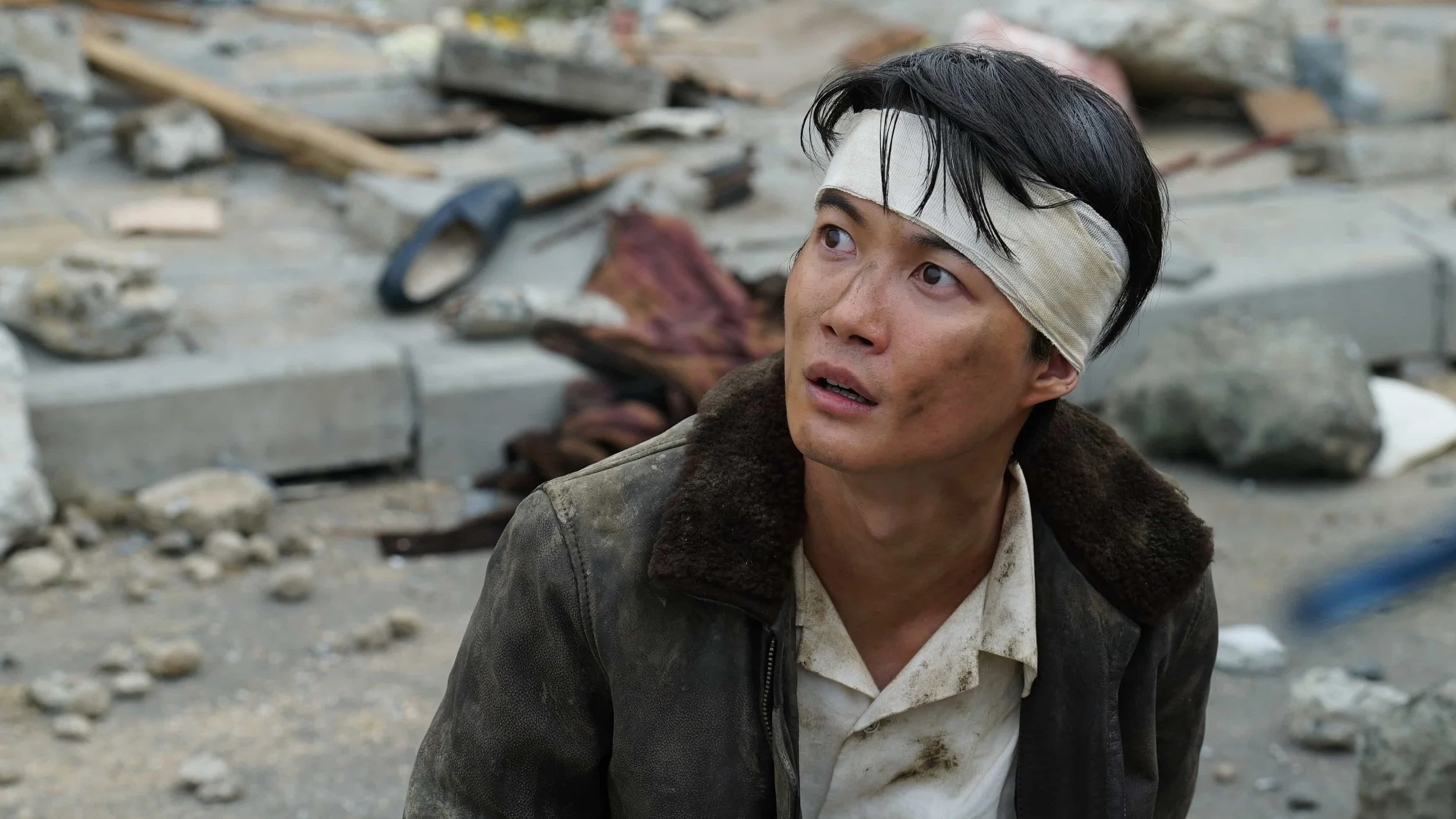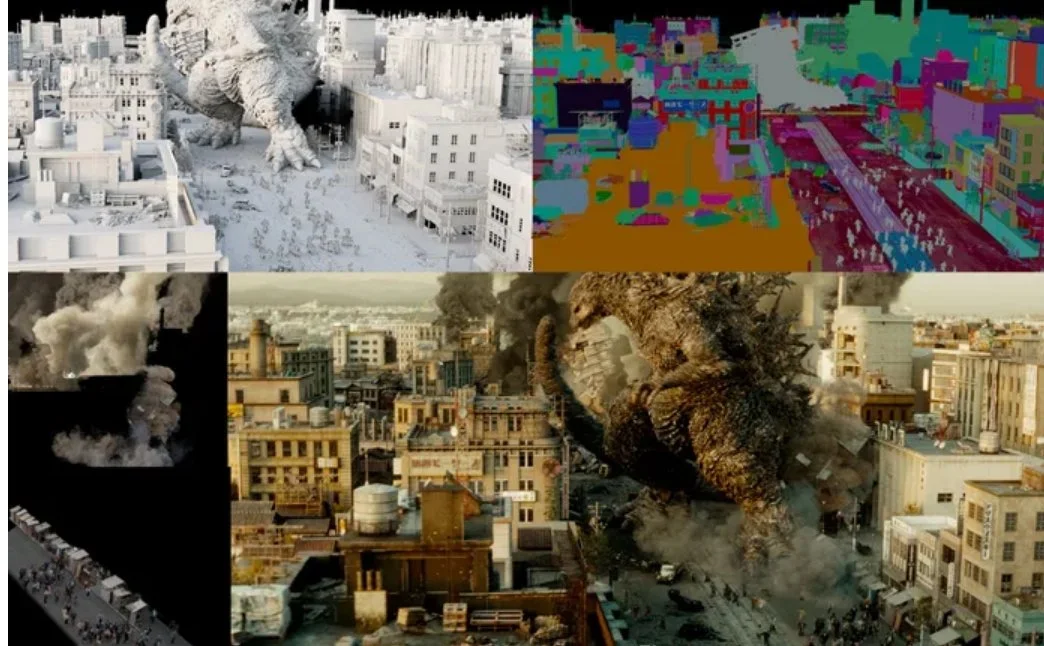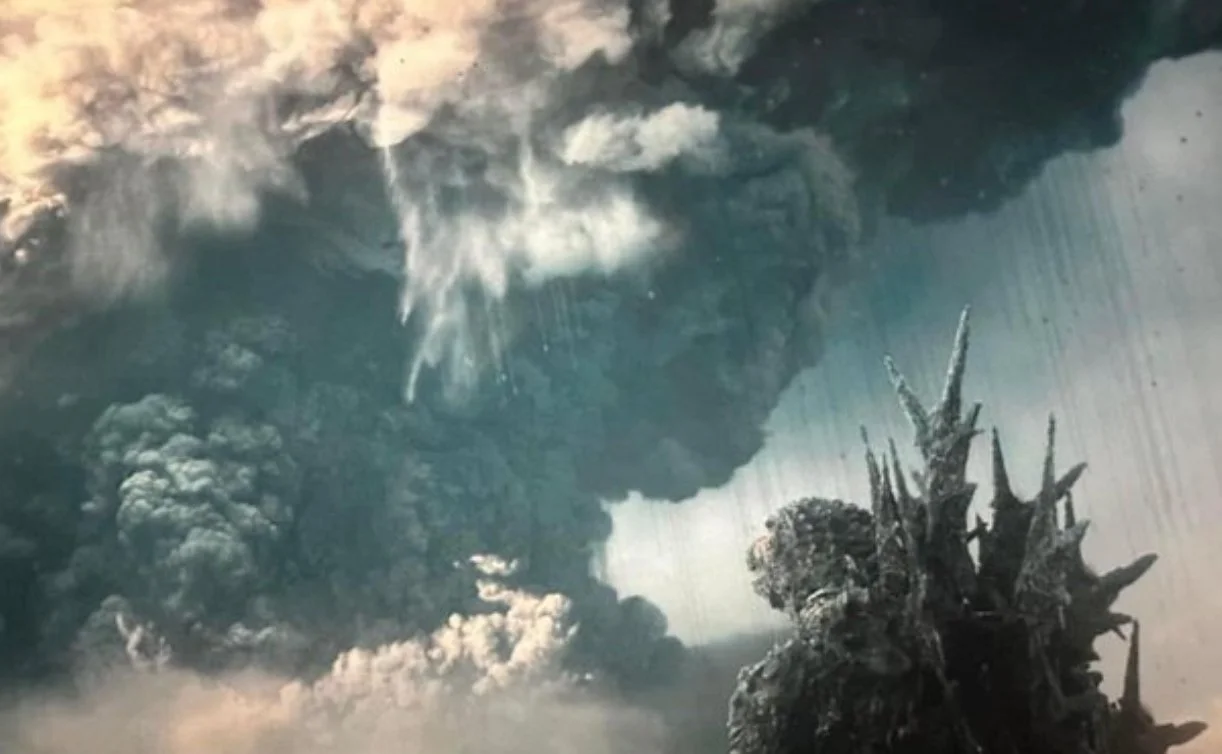Most genre films, with unconventional styles, were not always successful compared to other major studio productions. Strange Days crippled Kathryn Bigelow’s career as a director at the time of its release, but its unique techniques and grim tone created a timeless piece through the years with its contextual themes that are all too close to current events.
Originally conceived by director James Cameron in the mid-eighties, Kathryn Bigelow took the helm to realize the film’s true potential, believing it could truly capture her impressions on certain social issues. “Film was this incredible social tool that required nothing of you besides twenty minutes to two hours of your time,” she said, “I felt that film was more politically correct, and I challenged myself to try to make something accessible using film, but with a conscience.” -Hultkrans, Andrew. “Reality Bytes.” Artforum, 13 Mar. 2010.
While taking the source of James Cameron’s concept and inspiration from the Lorena Bobbit trial and the riots following the Rodney King verdict in Los Angeles, in 1992, Bigelow set out to make a film that was more than simply a genre film.
The choice in cinematography was immediately apparent in the opening sequence, depicting a failed robbery in the first-person perspective of one of the criminals. Instead of a slow build-up, the scene feels immediate, inviting the audience into the story with ease as it becomes fast-paced, leaving no breathing room until the very end when one of the criminals falls to his death. In one of her many interviews on her creative choices, Bigelow said, “I respond to movies that get in your face…that can be provocative or challenge you, that take some risks.” - “Kathryn Bigelow: Directorial Trademarks.” Kathryn Bigelow: Directorial Trademarks - YouTube
This particular style plays out throughout the film, depicting moments of pleasure against moments of intense violence that show the worst in human beings. Bigelow has always been known to take such risks, trying to evoke, in particular, violence in a grounded manner. The film Near Dark, a vampire Western film did not hold back on its violence as a reflection of the psychology of its characters, in the guise of a horror film.
Bigelow’s decision in Strange Days was to draw the audience in and fully experience the film in real-time, like a documentary. We shift between what is shown voyeuristically to the third-person perspective of Lenny Nero, played by Ralph Fiennes. He sells recorded experiences where anyone can be anyone they want to be, whether a cripple running on a beach, passing by a beautiful woman, or a married man having extramarital sex without cheating with another person. Lenny sells these experiences as his livelihood, but what he sells is nothing more than memories from various people’s lives. Lenny is a man completely broken, addicted to flashbacks of his own experiences, playing back memories of his time with former girlfriend Faith, played by Juliette Lewis. Lenny was happy then, but his memories become an addiction, an obsession, and a distraction rather than leaving it all behind as the world around him becomes inflamed in disorder, struggling to move on as much as Lenny. Only when Lenny witnesses the murder of a prostitute from the killer’s perspective does Lenny’s perspective actually shift into focus.
The film’s view on technology could not be further from reality in a world that runs on instant gratification, whether for information from computers, or communication by smartphones.
The film showcases the harm that creeps into every corner of our lives, until people become detached from reality, dangerous to the point of forgetting the here and now, depriving many of potential growth. Technology becomes no different than a drug, or sex, or porn, as the tendency to feel for the sake of feeling - the rush of adrenaline or cortisol - causes humans to forget that we are mortal, elevating fantasy over reality.
Critic Travis Johnson opined, “We’re a planet of voyeurs, living vicariously through the digitally captured experiences of other people we will never meet. Strange Days might have gotten the specific details wrong, but it was right on the money when it came to the vibe.” - “25 Years On, Cyberpunk Classic “Strange Days” Looks like a Documentary.” Blunt Magazine, 25 Oct. 2020.
Ralph Fiennes was able to pull off a completely broken character but with a touch of charm. His charm may sell his recordings, but he’s really a slimeball, waving fake Rolexes to avoid a beating, or doing his business deals in the backseat of his friend’s limo. He is in no way a hero. He is indecisive, and cowardly in dire situations, devoid of empathy except for his girlfriend Faith. When he lost her, Lenny lost faith in the world, to care, even for himself, but deep down there is good in him, waiting to be freed, as he struggles to let go of the only moments when he felt truly happy.
Meanwhile, the character Mace, played by Angela Bassett, is his moral compass. Mace breaks the usual norms of most neo-noir films. She might have been portrayed as a damsel in distress, but instead Mace plays the moral center as a strong female character; and Bassett’s physique matches her character’s strong personality, her only tenderness reserved for Lenny and her son. She is as broken as Lenny but strives to keep going no matter what because of her son and the social upheaval that conspires against her people. Lenny speaks for the past, while Mace hopes for the future.
More noir than science fiction, the film takes two archetypal noir characters and flips their roles in a very interesting way. More often than not Mace is the male detective, and Lenny is the damsel in distress. It’s a fresh and interesting perspective, and while it could have leaned too much in that direction it did not. Bigelow excels at subverting the cliches of genre. “Mace is the narrative’s moral center, so she’s simply capable of resisting. Whereas Lenny, being morally decentered, is floundering in his own narcissistic tide pool, which he doesn’t seem able to escape. It’s different to have a hero who evinces feelings and is therefore construed as weak. These are clichés that desperately need subverting.” -Hultkrans, Andrew. “Reality Bytes.” Art forum, 13 Mar. 2010.
Bigelow’s artistic choice fleshes out her characters and grounds them more in reality as they struggle to move on from their trauma. Thematically, Nero is stuck and cannot move on from Faith, while Mace represents the possibilities of the future. Evocative of the movie poster, Lenny in the middle, Faith at the bottom, and Mace at the top, Lenny is stuck between two worlds: his fantasy and his reality, his past and his future. The past is buried, unable to be regained, while the future hovers above him, waiting to be grabbed. Which will he choose? His past? Or his future?















